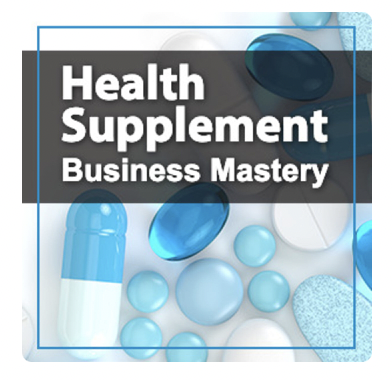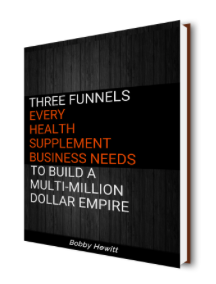Do all customers have the same value? Sure everyone’s money may be good inside of an ecommerce shopping cart but are some customers more equal than others?
It would certainly seem every customer is equal on the web right? After all we’re all hiding behind a few mouse clicks. Just imagine what it would be like if marketers knew that some customers were more valuable than others. Now of course we all know that it takes less marketing dollars and less effort to increase sales for existing customers than it does to get new customers but what if the value of each customer was dynamic and it changed all the time.
Well actually it does if you think of it in terms of a buying funnel.
1. Need – the process by which a need is determined and identified.
2. Awareness – determining what solution will satisfy the need.
3. Research / Consideration – gathering of information to proceed with a purchase. Determining which solution will best meet the requirements and satisfy the need.
4. Decision – finalizing the details, including pricing and solution support.
5. Rationalization – qualifying the purchase after the fact. Was the correct choice made in the selection process?
The further a customer goes down the sales and marketing funnel the more valuable they become because they are getting closer and closer to a purchase. The size of a market segment further down the funnel is much smaller however but the value is much greater. Media buyers have always based campaigns on the size of the segment, how many eyeballs see an ad, and online media has been guilty of this as well. There is been a marketing allure to 435,000 views but what does that really mean to marketers? If only 100 people walked through your door and all them bought, signed up, converted, etc. isn’t that better than 1000 people showing up and 999 of those people leaving after hearing your offer? If this is the case it’s just a matter of finding the right people or attracting them.
Before a potential customer enters the funnel they are not interested or they don’t even know they need for your product. Marketing has handled this in a traditional approaching through mass media. At this stage the value of the customer to the retailer is at it’s weakest yet this is where most of the marketing effort is, i.e the 30 second spot, etc.
An interested buyer at the research / consideration level, obviously has a greater value than someone at the top of the funnel. Just ask any car salesman who pounces on some poor schlep that just finished a test drive.
Online it is possible to orchestrate a users pathway and optimize it for persuasion. Think of your website as the buying funnel. The further a user gets into the site the more valuable they become which means you have an opportunity to market to them differently the further along they are.
A website provides the potential to focus on different messages to different segments of your market in many different ways, for example.
- Customer database email lists – different messages to different groups, one to one marketing approach.
- Product selector tools – lead a visitor down paths based on what is important to that individual visitor with a unique message at the end and along the way of that path which speaks directly to that segment. (being able to talk differently to people who are at different stages of the buying process.
- Customer segmentation based on type of customer.
Persuasive design combines with performance metrics tracked across different customer segments allow for rapid adjustments and continuous improvements which maximize the value of each individual group, by increasing the value across each segment more value is brought to the consumer and also the business profit and brand, the costs of efficiently targeting each segment online are minimal at best after all there are no print costs, or distribution costs associated with a web page. Therefore the size of the customer segment is of less importance producing a long tail effect for the marketer.
1. Do different segments have different motivations?
2. Is there a different financial value for different segments?
3. Do different segments use different media?
Discover the 3 funnels that can help your health supplement business succeed.

Listen to the Health Supplement Business Mastery Podcast for for dietary supplement entrepreneurs and marketers.



